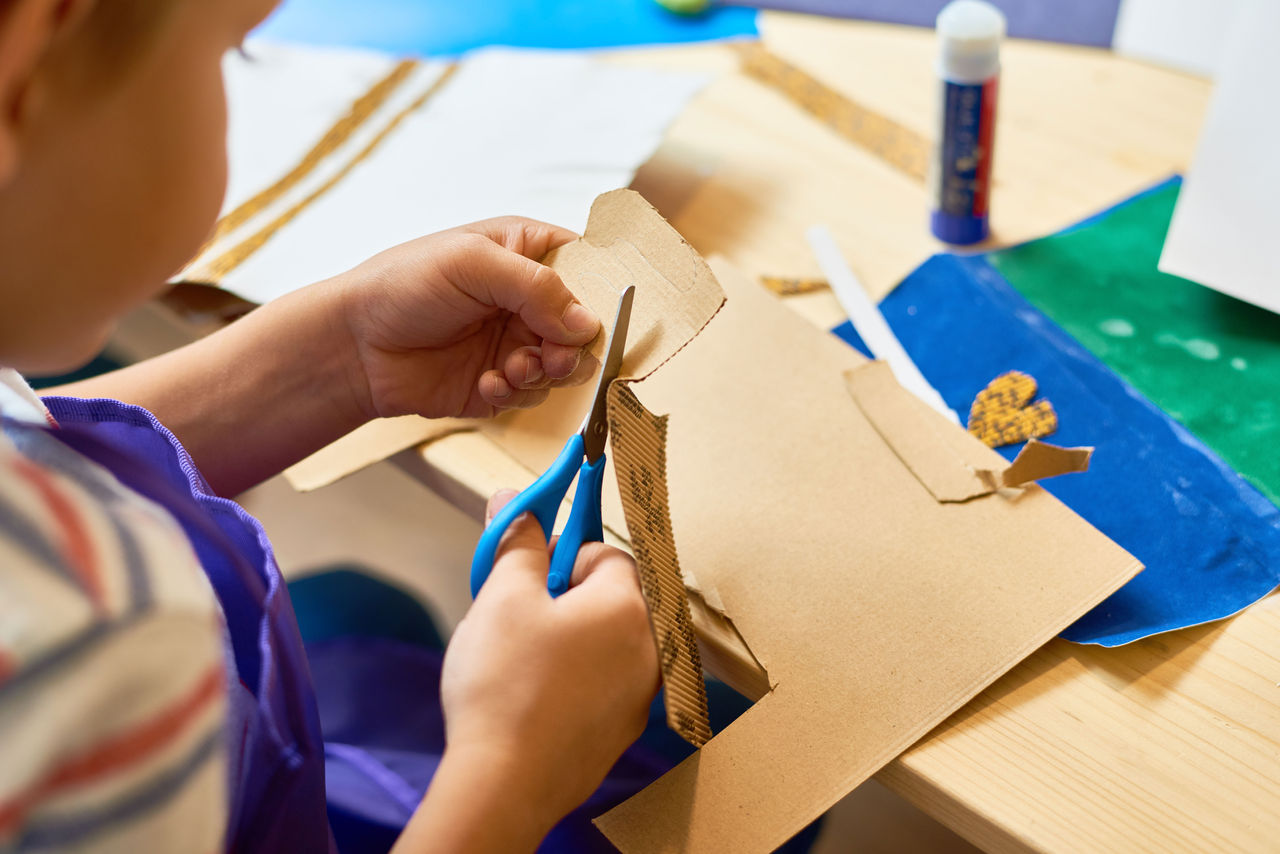Children’s sleep issues are among the more challenging developmental stages for parents to master. But biology is on the parents’ side in this one, because sleep patterns mature over time just like other developmental skills.
- Co-sleeping. Polls tell us that approximately one-third of American children and their parents sleep together some or most of the time before children start school. Co-sleeping varies hugely by culture. So, think about what you want to do, and discuss the pros and cons with your pediatrician.
- Sleep safely. Make sure your crib is safe. It should have a firm, flat mattress with just a fitted sheet for babies younger than 12-18 months. Toddler beds should have side rails. If you are co-sleeping, make sure the bed is firm and that there aren’t too many blankets or pillows.
- Sleep stages. The human brain is active during sleep, but the deepest sleep is typically at the beginning of the night. Babies spend more time than older children in stimulating REM sleep, with eye movements and irregular breathing. Don’t worry about all that action in your child’s body — it too is growth.
- Look for sleep signs. Start them young — do not ignore the importance of naps, watch for the yawn or eye rubbing, and start bedtime early in the evening.
- Transitions. Be prepared for sleep patterns to change during transitions — from sleeping in your room to sleeping in their own room to moving from the crib to a bed. Children will take time to adjust, but you will get back to sound sleep eventually.
To instill good sleep habits, remember that consistency matters so much:
- Bath time
- Goodnights
- Tuck in and read a bedtime story
- Lullaby (yours are best)
- Goodnights
This all sounds well and good, but it is a rare family that hasn’t had to handle some sleep trouble along the way. If your family is trying to re-establish a lapsed routine, stay calm and reassuring. We almost all need more sleep than we get, and it is a tremendous gift to our children to teach them how to sleep well.




